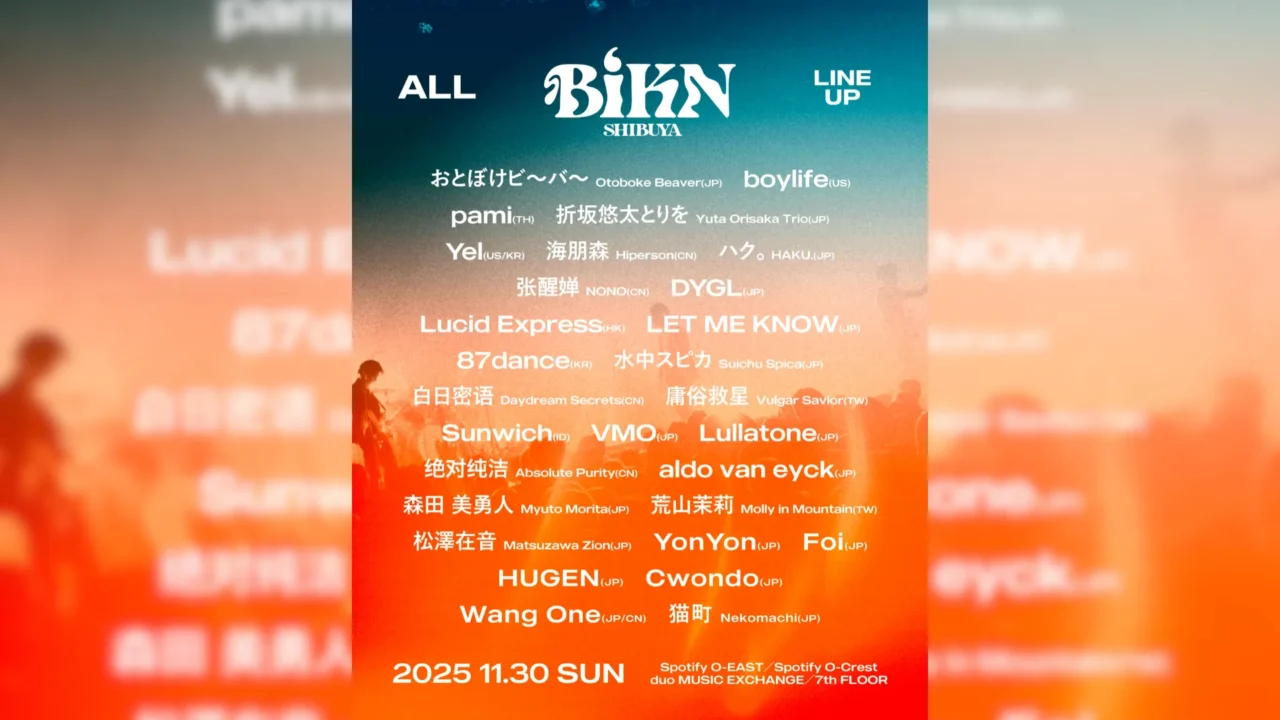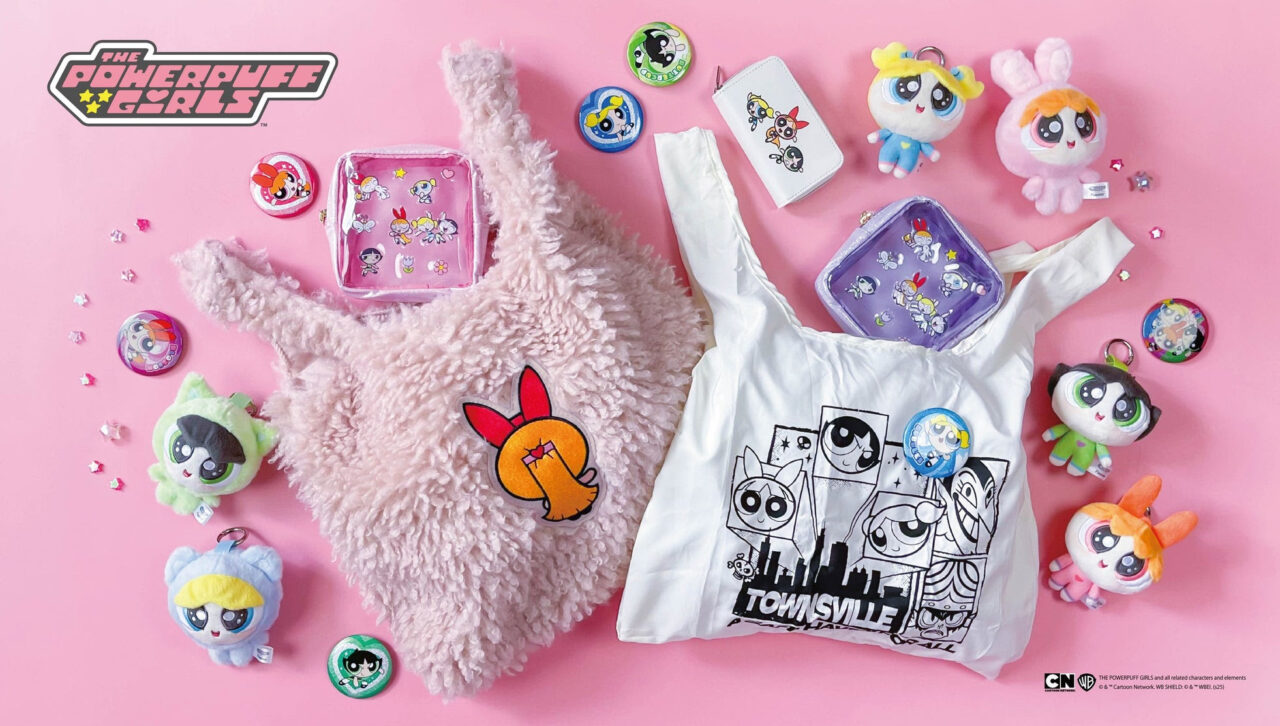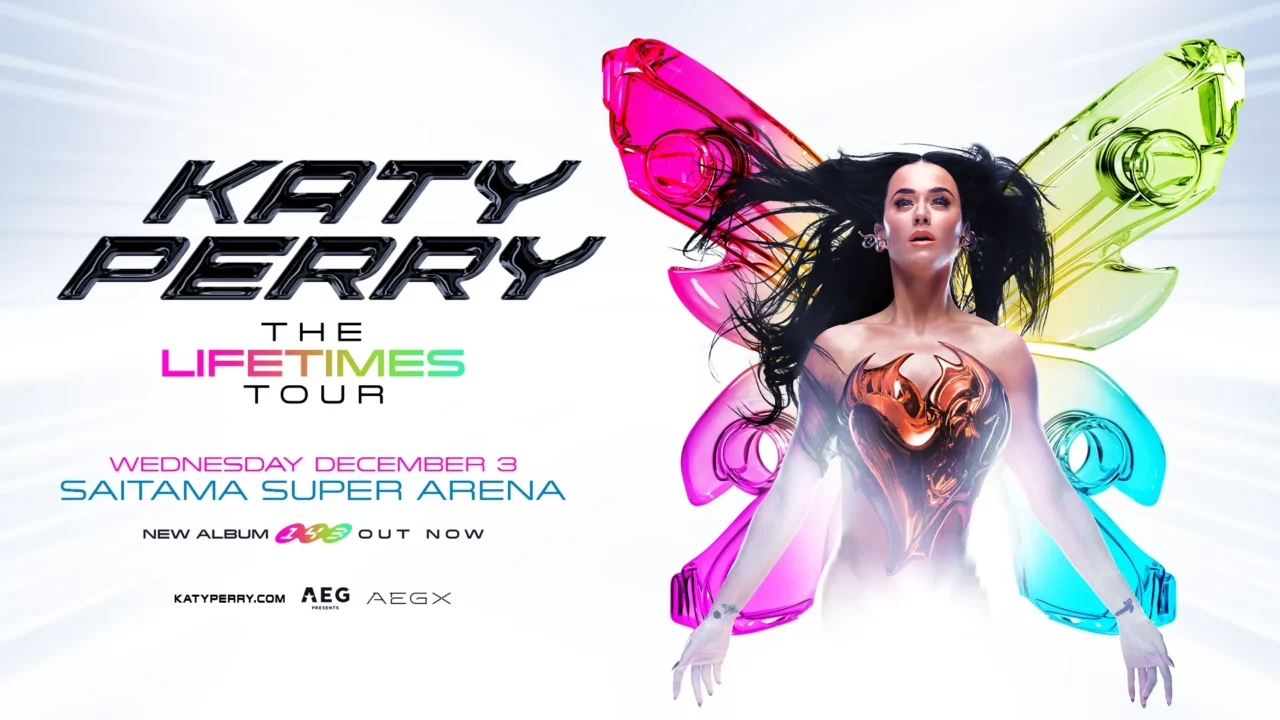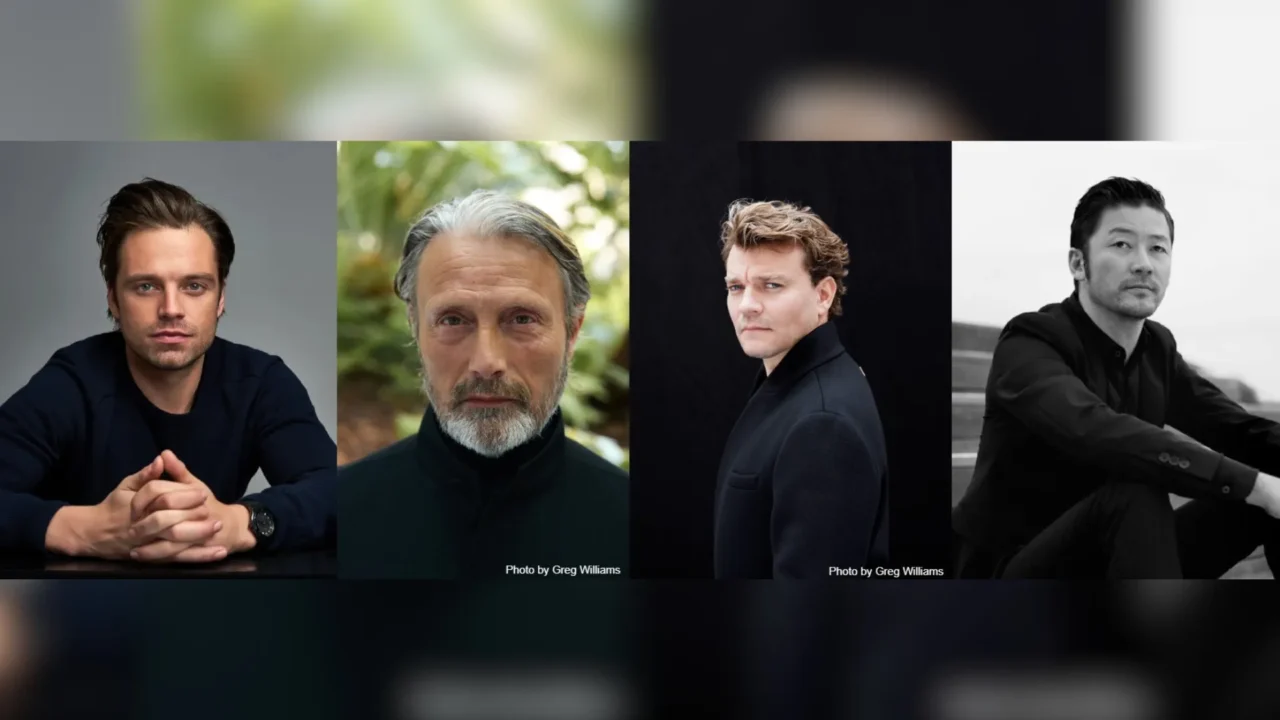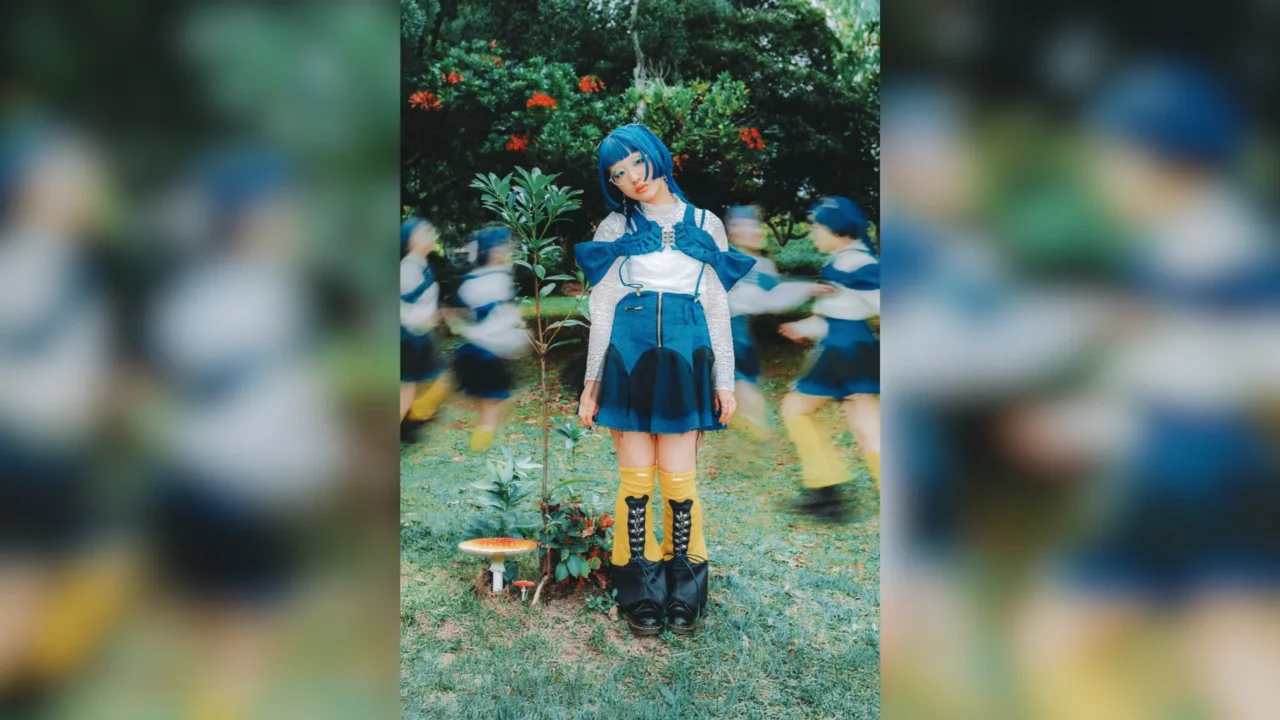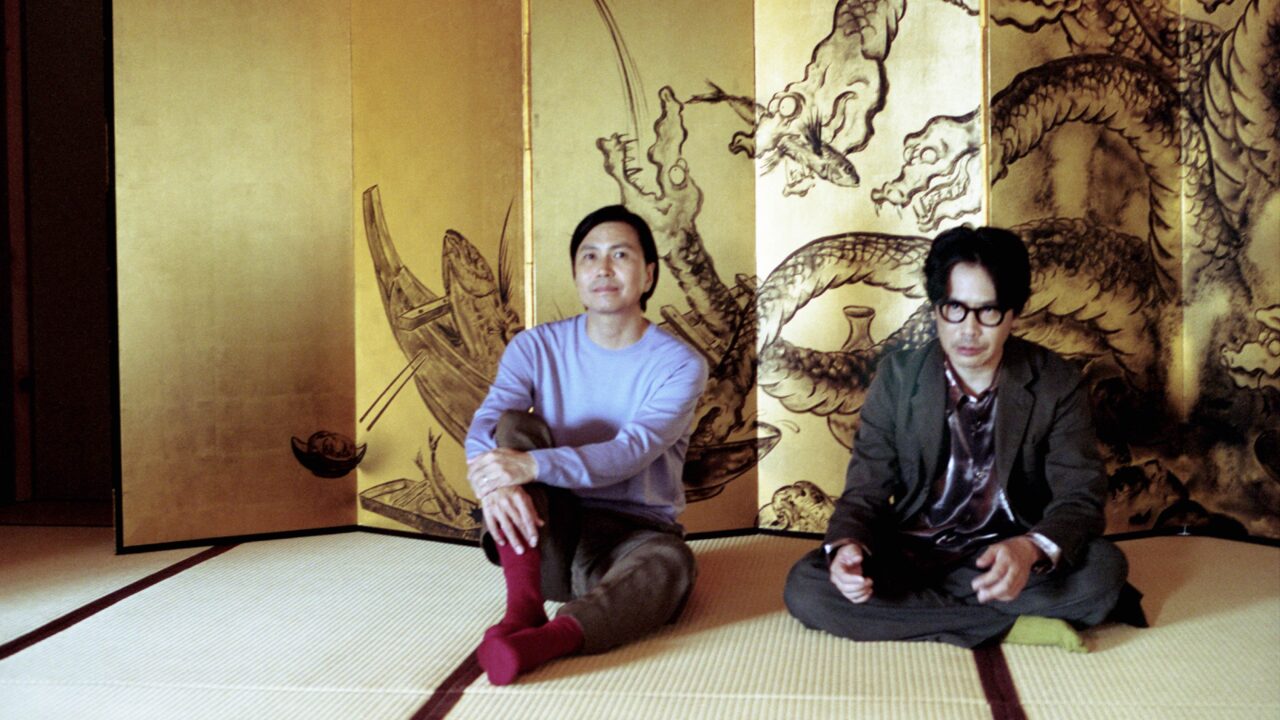INDEX
“13 Unsoiled Stones” shows us malice and creativity.
What does this work ask while projecting itself onto the characters? There are many possible interpretations of the dialogue between the two and the choices made by Makoto, which even give the impression of Hayao Miyazaki’s own self-questioning. What seems important here is the aforementioned “malice. Producer Toshio Suzuki said in an interview, “If I were to do a publicity campaign, I wanted to use the word ‘malice,'” and “Malice has covered the whole era. It probably has something to do with today’s world as well” (Reference article: How Do You Live? Suzuki P’s Flesh Voice: “I depicted the malice of the protagonist and the times” ).
The great-uncle is the creator of this other world and wants his blood relatives to take over his work. He tells Manito to use the thirteen untainted stones to create an ideal world that is different from the real world and free of malice. Showing the wounds he has inflicted on himself, Manato says, “This is a sign of my malice,” and refuses to remain in his uncle’s world, returning to reality.
If the 13 stones and the other worlds are animations or creations by Hayao Miyazaki and other directors, does this mean that he is telling the audience to return to the harsh reality instead of indulging in fiction without malice? It is not that simple. It was through this otherworldly adventure that Manabu became aware of the malice in himself and in the world.
In addition, Manato brought back to the real world a stone he had picked up in his great-uncle’s world, and although he was expected to forget it eventually, he retained his memories of the other world. This seemed to convey that while creations and ideals are not directly useful against the evils of the world, including war, and the evils that one holds, they are not helpless either. As in the case of this work, “How Do You Live?” and the novels that Manjin read, fiction may provide an opportunity to face malice and reality.
To face the malice of the world and ourselves. How do we live for it? What does creation express in response? The questions posed by “How Do You Live?” can be said to be the very questions posed by Hayao Miyazaki, who has been constantly confronting society since “Lupin the Third: The Castle of Cagliostro,” in which he considered what it means to steal in this day and age, in his animation production.
The Boy and the Heron

In theaters nationwide
Original story, screenplay and director: Hayao Miyazaki
Theme Song: “Chikyugi” by Kenshi Yonezu
Production: Studio Ghibli
Distributor: Toho
©2023 Studio Ghibli













